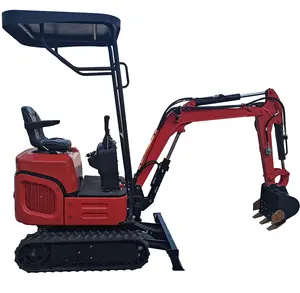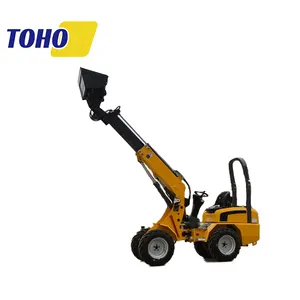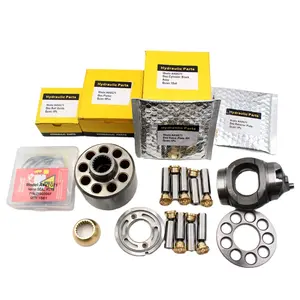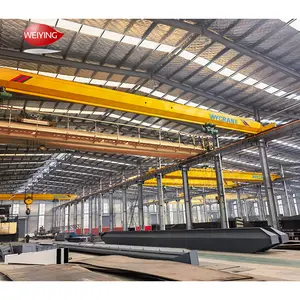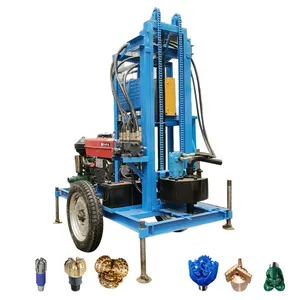Popular in your industry






































































Top categories
About caterpillar track
A caterpillar track, more commonly known as a track, is a type of vehicle propulsion and load-bearing system that uses a continuous track belt or chain to navigate various terrains. Unlike traditional wheeled vehicles, a caterpillar track consists of a series of connected metal or rubber plates, known as track shoes, that wrap around and are supported by a set of wheels and rollers. This design spreads the vehicle's weight over a larger surface area, reducing ground pressure and enabling improved traction, especially in challenging conditions such as mud, snow, or rough terrain. The term "caterpillar track" is often used interchangeably with "track" in the context of construction machinery, military vehicles, and agricultural equipment.
How does a caterpillar track work?
A caterpillar track operates on the principle of distributing weight over a larger area to reduce ground pressure. As the track rotates, the track shoes make contact with the ground, providing traction and propelling the vehicle forward or backward. The continuous loop of the track allows for a smooth and continuous movement, making it well-suited for navigating uneven surfaces. In addition to propulsion, the track also serves as a support structure, distributing the vehicle's weight evenly to prevent sinking into soft or unstable terrain.
What are the types of caterpillar tracks?
There are several variations of caterpillar tracks, each designed to meet specific performance requirements. Rubber tracks, typically used in compact construction equipment and agricultural machinery, offer lower ground pressure, reduced noise, and less damage to finished surfaces. Steel tracks, on the other hand, provide enhanced durability and are common in heavy-duty construction equipment. Hybrid tracks, combining elements of rubber and steel, aim to strike a balance between performance and surface protection. Military vehicles often feature reinforced tracks designed to withstand rugged terrain and combat conditions. Additionally, specialty tracks, such as those with built-in caterpillar GPS trackers for precise navigation or those optimized for specific applications, demonstrate the versatility and customization options available in modern track systems.
What are the benefits of caterpillar tracks?
One of the key advantages of using a cat 259d is the enhanced traction and stability it offers, especially in challenging or off-road environments. This improved grip allows vehicles to navigate through mud, snow, sand, and other rough terrains that may be difficult for conventional wheeled vehicles to traverse. Additionally, the distribution of weight over a larger surface area reduces the risk of sinking into soft ground, making tracks ideal for construction, agriculture, and forestry applications. The ability of caterpillar tracks to navigate uneven surfaces smoothly enhances operator comfort and control, contributing to overall efficiency and productivity. Furthermore, tracks often have longer service lives and require less maintenance than tires, reducing downtime and operational costs in the long run. The adaptability and versatility of caterpillar tracks make them an essential component of various machinery across industries.

